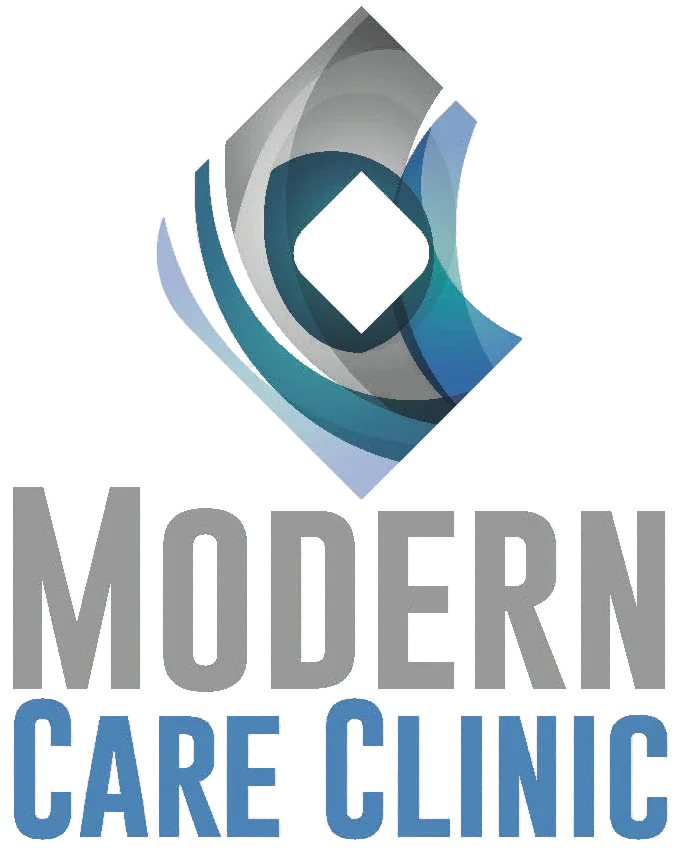Diabetes
What is Diabetes?
Diabetes is a chronic disease in which sugar levels are elevated in the blood. There are many types of diabetes, the most common ones are:
- Type 2 diabetes – in which there is a resistance to insulin
- Type 1 diabetes – in which there is an autoimmune deficiency of the hormone insulin.
There are no good and bad types of diabetes; what is important is to have a control individualized to each person.
- Age
- BMI
- Waist circumference
- Sedentary lifestyle
- Unhealthy eating habits (low in fresh vegetables and fruits)
- Other complications such as hypertension, as well as some conditions (such as PCOS)
- A previously elevated blood sugar (including gestational diabetes in women)
- Having at least one close relative with type 2 diabetes.
Tip: If you have one or more of these factors, consult your physician to evaluate your risk for type 2 diabetes.
We diagnose diabetes based on three readings: a fasting blood sugar, a sugar level 2 hours post meal and an HbA1c.
Normal people should have an FBS < 100 mg/dL, a sugar 2 hours post meal <140 mg/dL, and an HbA1c <5.7%
People with prediabetes (meaning they are insulin resistant) show FBS between 100 and 125, sugars 2 hours post meal between 140 and 199, and an HbA1c between 5.7 and 6.4%
Diabetes is diagnosed with a fasting blood sugar > 126 mg/dL, a post meal or random sugar > 200 mg/dL, and a HbA1c more than 6.5%
Tip: If one or more of these values are abnormal, consult your doctor for management, and follow with an endocrinologist for individualization of therapy
Diabetes is mostly a silent disease, discovered when we have complications. However, some symptoms may appear. So, if you have any of the following:
- Unexplained weight loss
- Frequent urination during the day and night
- Thirst
- Sugar craving
- Blurry vision
- Fatigue
- Difficulty concentrating
- Recurrent urinary or genital infections
- Any lesion that doesn’t heal quickly.
Tip: Visit your doctor as soon as possible.
More Specializations
Robotic technology allows the surgeon to perform through the robot very precise and meticulous gestures with utmost accuracy; thus leading to excellent functional outcomes and very quick recovery as no painful incisions are made.
Read more
More Specializations
Robotic technology allows the surgeon to perform through the robot very precise and meticulous gestures with utmost accuracy; thus leading to excellent functional outcomes and very quick recovery as no painful incisions are made.
Read more
